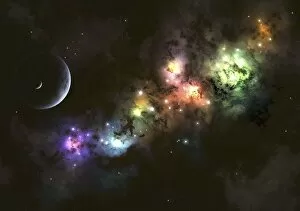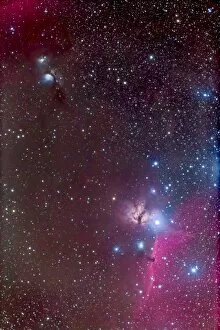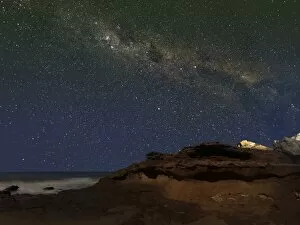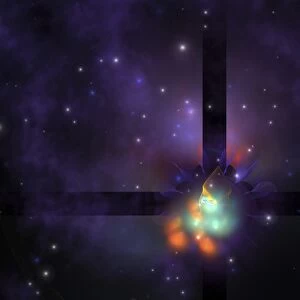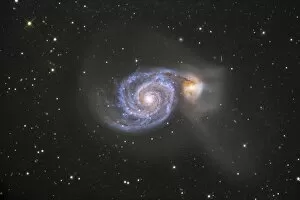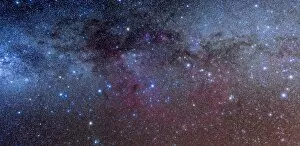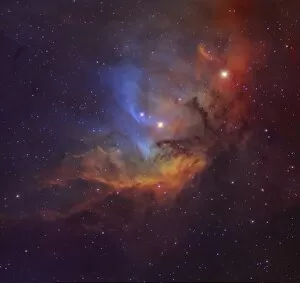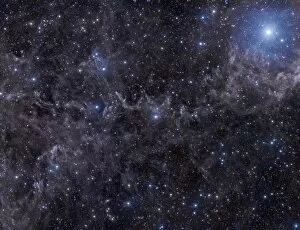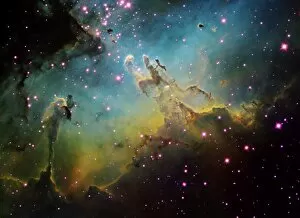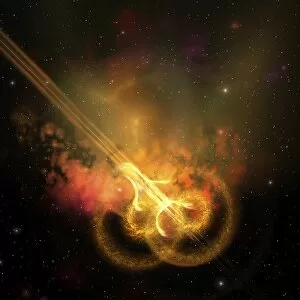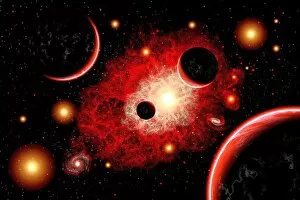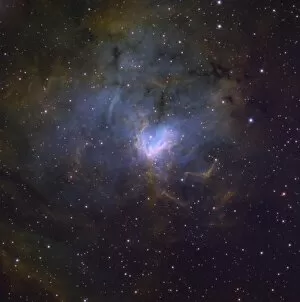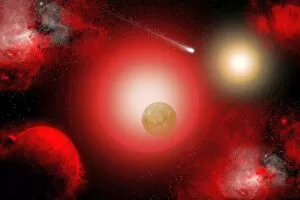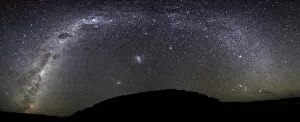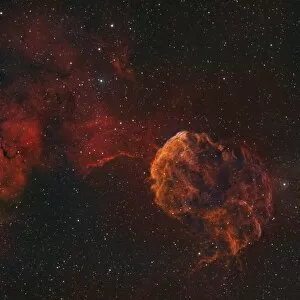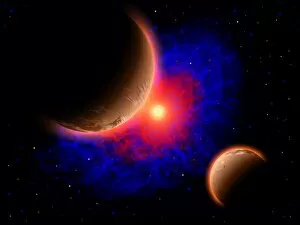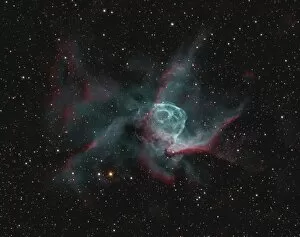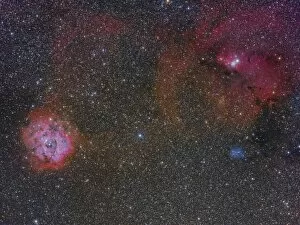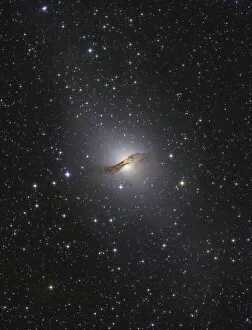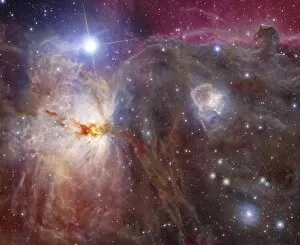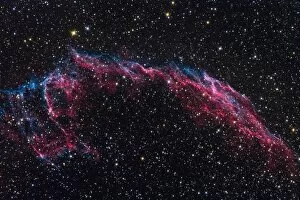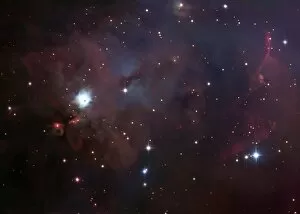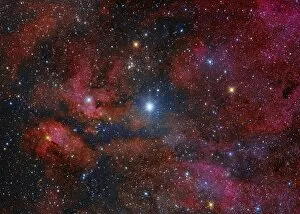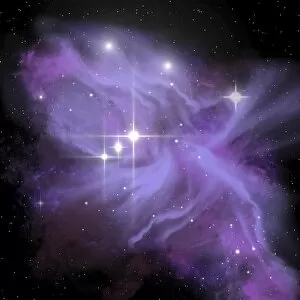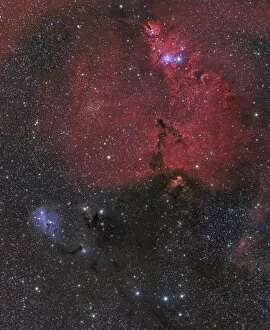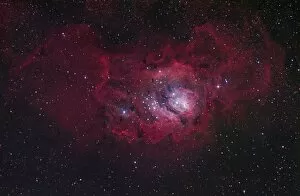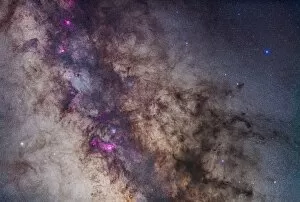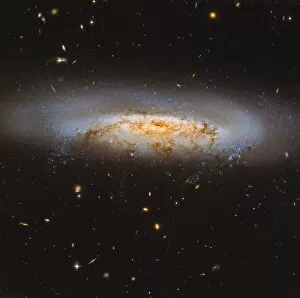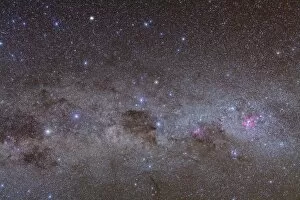Cosmic Dust Collection (#8)
"Unveiling the Mysteries of Cosmic Dust: A Journey Through Celestial Wonders" Embark on a cosmic odyssey as we explore the captivating realm of cosmic dust
For sale as Licensed Images
Choose your image, Select your licence and Download the media
"Unveiling the Mysteries of Cosmic Dust: A Journey Through Celestial Wonders" Embark on a cosmic odyssey as we explore the captivating realm of cosmic dust, scattered throughout the vast expanse of our universe. From M16, The Eagle Nebula in Serpens to the majestic Sombrero Galaxy (Messier 104), prepare to be mesmerized by celestial spectacles beyond imagination. Gaze upon the ethereal beauty of The Orion Nebula, where stars are born amidst swirling clouds of stardust. Witness a galactic light show in spiral galaxy NGC 4258, as vibrant hues dance across its spiraling arms like celestial brushstrokes. Marvel at NGC 3324, also known as the Gabriela Mistral Nebula located in the constellation Carina, where stellar nurseries give birth to new suns. Behold IC 2177, aptly named Seagull Nebula for its resemblance to a graceful seabird soaring through space. Contemplate the awe-inspiring Pillars of Creation within The Eagle Nebula; colossal structures sculpted by cosmic forces that harbor nascent star systems within their towering columns. Encounter an alien planet and its moon gracefully orbiting around a red giant star – a testament to both extraterrestrial marvels and infinite possibilities. The universe is not only an enigmatic abyss but also a place teeming with intense color and beauty. Delight your senses with vivid displays found within The Horsehead Nebula in Orion or immerse yourself in wonderment while observing The Pinwheel Cluster and Starfish Cluster residing within Auriga's embrace. And let us not forget Vela supernova remnant at the heart of Gum Nebula area - remnants from cataclysmic explosions that remind us how even destruction can create breathtaking phenomena. Cosmic dust unveils secrets hidden among galaxies and nebulous realms alike; it serves as both witness and catalyst to the cosmic ballet unfolding before our eyes.

